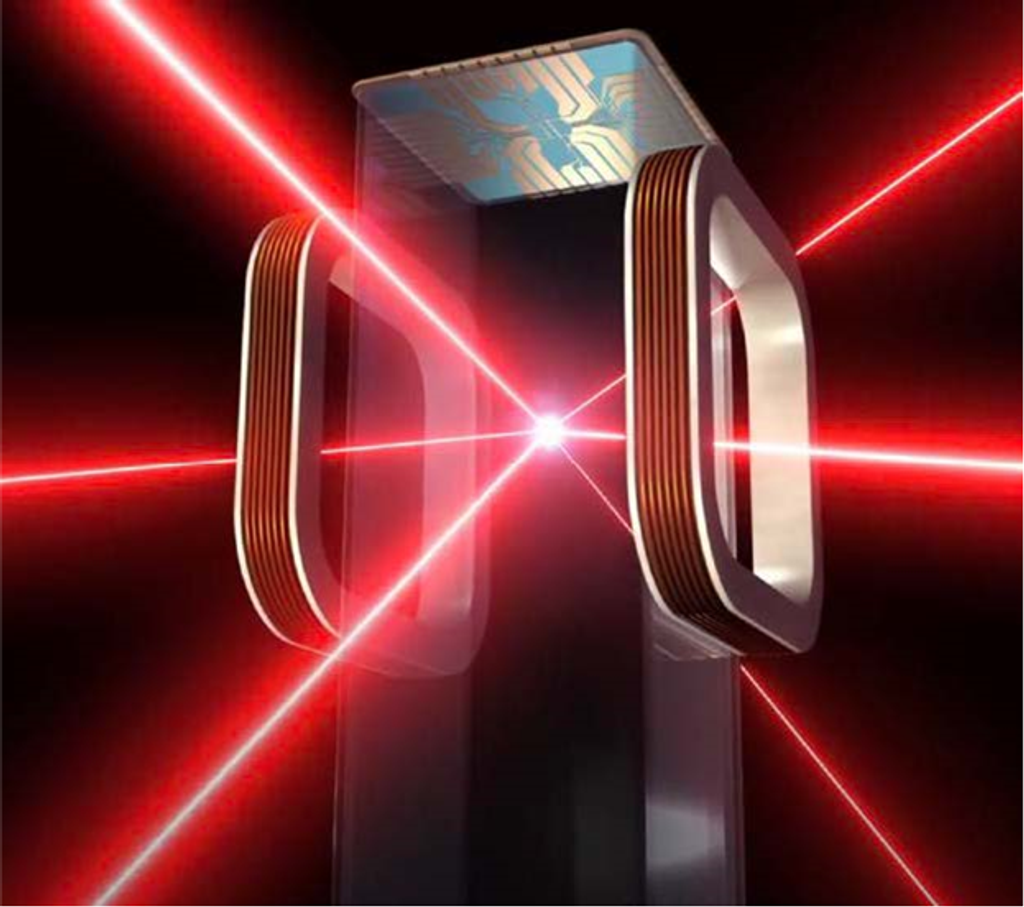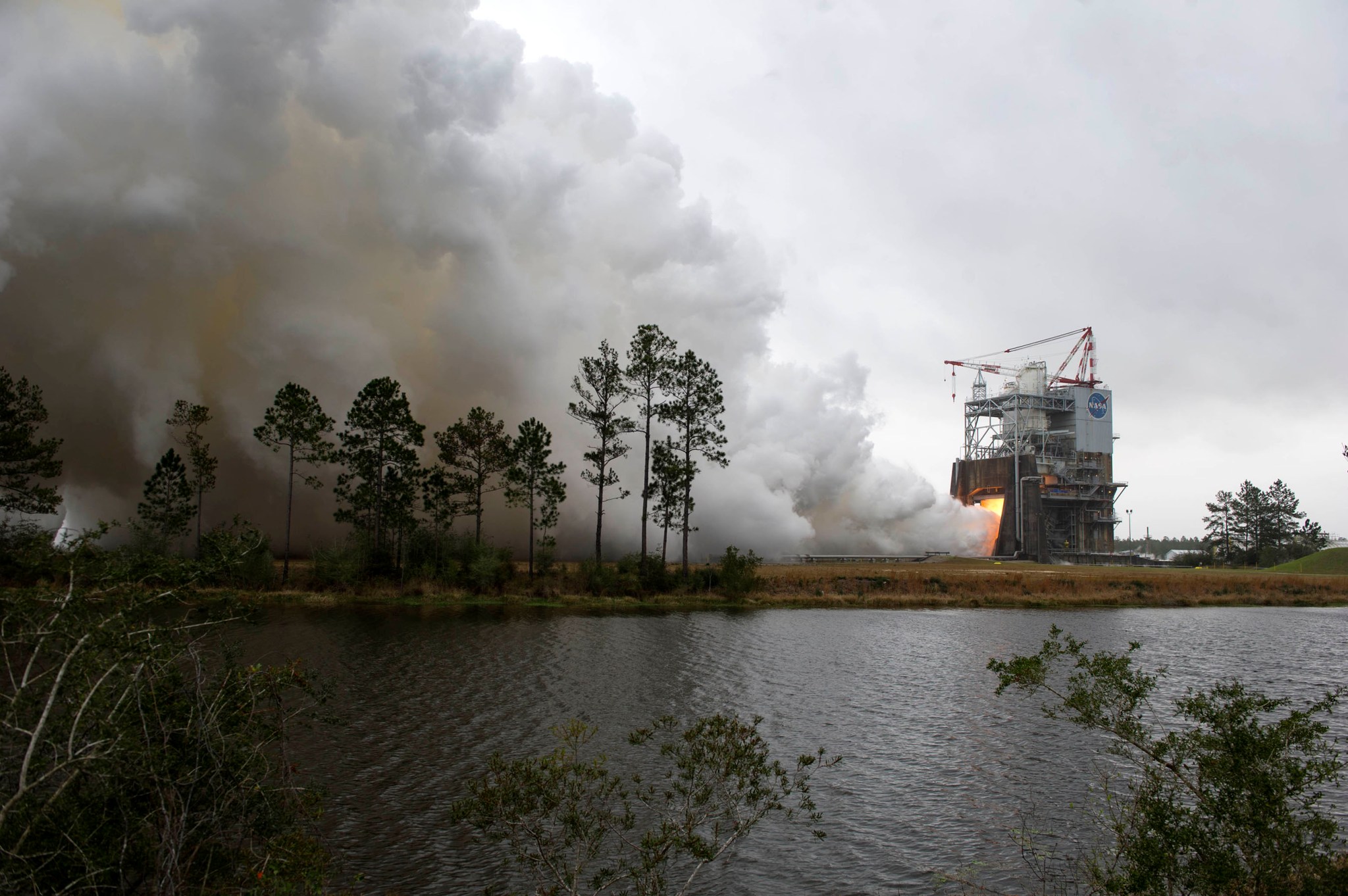NASA successfully tested the first deep space RS-25 rocket engine for 500 seconds March 10, clearing a major milestone toward the next great era of space exploration. The next time rocket engine No. 2059 fires for that length of time, it will be carrying humans on their first deep-space mission in more than 45 years.
“What a great moment for NASA and Stennis,” said Rick Gilbrech, director of NASA’s Stennis Space Center in Bay St. Louis, Mississippi. “We have exciting days ahead with a return to deep space and a journey to Mars, and this test is a very big step in that direction.”
The hot fire marked the first test of an RS-25 flight engine for NASA’s new Space Launch System (SLS), being built to carry humans on future deep-space missions, including an asteroid and Mars. Four RS-25 engines will help power the SLS core stage.
The engines used on initial SLS missions are flight engines remaining from the Space Shuttle Program, workhorse engines that are among the most proven in the world, having powered 135 space shuttle missions from 1981 to 2011. For the SLS vehicle, the engines will fire at 109 percent thrust level and provide a combined two million pounds of thrust.
“Not only does this test mark an important step towards proving our existing design for SLS’s first flight,” said Steve Wofford, engines manager at NASA’s Marshall Space Flight Center in Huntsville, Alabama, where the SLS Program is managed for the agency, “but it’s also a great feeling that this engine that has carried so many astronauts into space before is being prepared to take astronauts to space once again on SLS’s first crewed flight.”
NASA and Aerojet Rocketdyne, the prime contractor for RS-25 engine work, conducted a series of developmental tests on the RS-25 engine last year at Stennis, primarily to validate the capabilities of a new controller – or, “brain” – for the engine and to verify the different operating conditions needed for the SLS vehicle. Following today’s firing, Stennis and Aerojet Rocketdyne will conduct a development engine series to test new flight engine controllers and will continue to test RS-25 flight engines.
In addition, the agency is preparing the B-2 Test Stand at Stennis to test the SLS core stage that will be used on the rocket’s first flight, Exploration Mission-1. Testing will involve installing the flight core stage on the B-2 stand and firing its four RS-25 rocket engines simultaneously.
“One more powerful step forward accomplished on the SLS journey,” said Ronnie Rigney, RS-25 project manager at Stennis. “It really feels great to be part of such an important program in our nation.”
For more information about NASA’s journey to Mars, see:



























